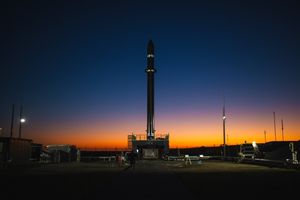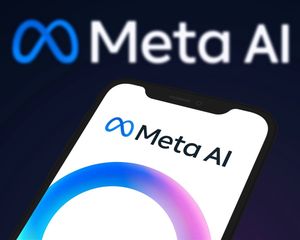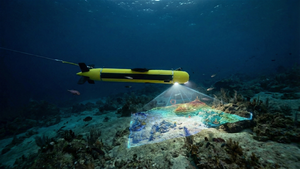Oceans all around the world face a pertinent issue. The increasing amount of subsurface plastic debris poses a severe threat to marine life and the environment--as plastics cause damage to marine life via ingestion, suffocation, or restraint.
Quantifying and tracking marine plastic plays a critical role in restoring the oceans. Large-scale clean-up operations do not have sufficient logistical data to remove marine plastic from an operational perspective. For plastic to be removed efficiently, we need to know where it is located.
Current plastic monitoring methods require manual, labor-intensive collection via human manning surface devices such as Manta Trawls. Since sampling requires physical removal before quantification can occur--it prevents scalable solutions capable of monitoring plastic across vast waterways.
“DeepPlastic” solves this problem by circumventing the need for extracted physical samples and automating the process of detecting subsurface plastic via computer vision. Now, autonomous underwater vehicles (AUV’s) equipped with underwater cameras can quantify marine plastic debris throughout the water column.
In the words of Gautam Tata, the team’s principal investigator, “Underwater imaging combined with analytical deep learning algorithms presents a more reliable, faster, and efficient way to monitor marine plastic automatically.”
The “Deep” in “DeepPlastic” stems from the primary technology powering it--deep convolutional neural networks--which imitate the way the human eye processes visual information. This technology recently emerged from a branch of computer science that combines artificial intelligence with computer vision known as deep learning.
The researchers went to the field to hand-collect and annotated more than 4000 images of marine plastic to train the model. The algorithm was then tested and validated on images “DeepPlastic” had never seen before.
The results were significant--85% mean average precision, which means that the model accurately detects subsurface plastic around 85% of the time.
THE WAY AHEAD
While the team works to get their paper published into a journal, they concurrently develop methods to synthesize images without needing to go into the field. They’ve also begun working with other researchers at the Monterey Bay Aquarium Research Institute to test the expansiveness of “DeepPlastic.”
Jay Lowe, a research engineer working on “DeepPlastic,” explains that, “In terms of visual detection, the ocean presents extreme factors not found in many environments such as occlusion, turbidity, and noise. This makes developing automatic methods to detect marine plastic particularly challenging. For this reason, only a handful of studies focus on automated detection applications such as ‘DeepPlastic.’ Our team feels confident that with future work, ‘DeepPlastic’ can be deployed worldwide in a variety of real-world scenarios”.
Watch their model in action: https://www.youtube.com/watch?v=QK2YZL3TCZ0
Gautam Tata
Deep Plastic
+1 (925)-405-7741
gtata@csumb.edu






